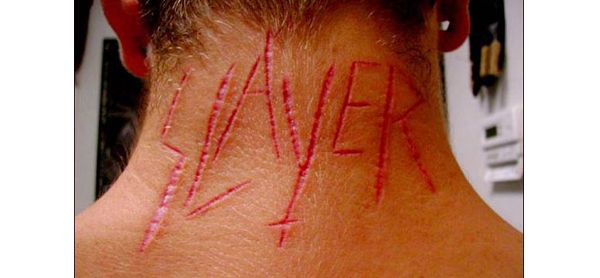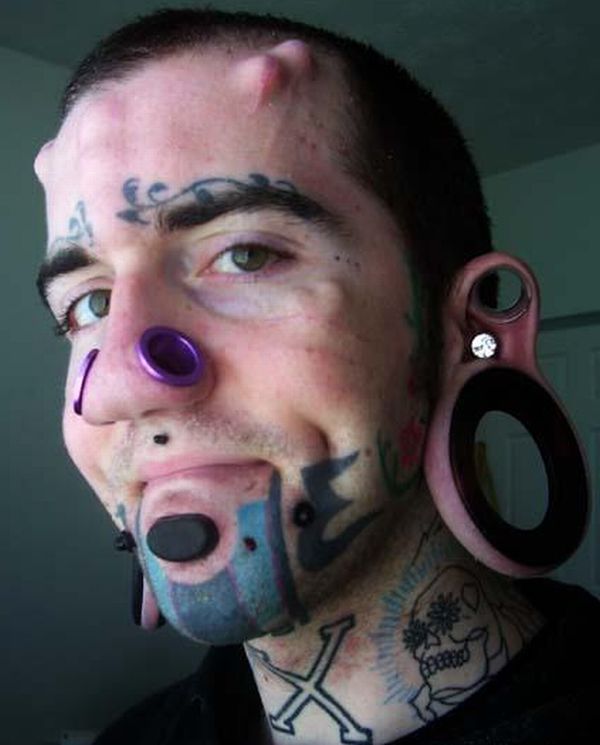Cultures and people from different parts of the world through the centuries have used their bodies to imprint expressions of community status, gods, ancestors and cultural identity for marking passage rites. Maori men used to create parallel ridges and grooves on their skin to look fierce and attractive to the opposite sex. The patterns were never similar which in itself became distinct identity marks. This process of cutting and scaring oneself has been termed scarification which is actually becoming quite widespread in the modern times.

Evolution
1. Body modification movement
A new body modification movement, originally taken up by the lesbian and gay subcultures started in the mid 1980s in San Francisco. In the early 1990s a new movement of members called the neotribal, made scarification obvious by projecting their defiance towards society. Since then, scarification has gained wider popularity in Australia, Europe and the US. The method of scarification is akin to branding of cattle by using a cauterizing tool or cutting with a scalpel repeatedly.
2. Cultural scarification
People of western Pacific and the Maoris have used tattoo art by rubbing ash into the cuts and causing blackened scar patterns. Most of these scared rites and rituals of scaring was always very painful. These scaring were for expressing connection to gods, community and was likened to wearing a permanent amulet of identification.
3. Initiation, status and beauty
Scarification in Papua New Guinea is an initiation rite for young men which they are required to undergo. According to these people, the crocodile is the creator of humans and the young initiate is scared with representations of crocodile teeth marks. During the ceremony, the crocodile is supposedly swallowing the initiate so they are sliced with bamboo slivers on their buttocks, chest and back to gauge their self-disciple and strength.
In Australia, it was practiced by the aboriginals but is now restricted and mostly confined in the Arnhem Land of the Northern territorial area. Cuts on shoulders, bellies and chest were made on both men and women by the age of sixteen or seventeen. Only when they had these scars were they able to participate in tribal activities like singing ceremonial songs and could participate in trading activities.
Men of Karo tribe in Ethiopia carried scars on their chests representing victory over enemies. The women were considered sensual and attractive if they had scarred torsos and chests. It seems that scarification was done mostly by equatorial dark skinned people for their own specific cultures and ritual passages.
4. A growing practice
This growing practice of scarification as some feel, is the desire for a different society or a yearning for the primitive societies. Some of these tattoos may represent indigenous cultures in ways that may even be violation of sacred spiritual rites.
5. Cutting edge
This scarification is more of a different statement of being set apart or aloof from society. Some believe that it may never really exceed the popularity of tattooing, as it still comes across as carrying a bizarre stigma.




